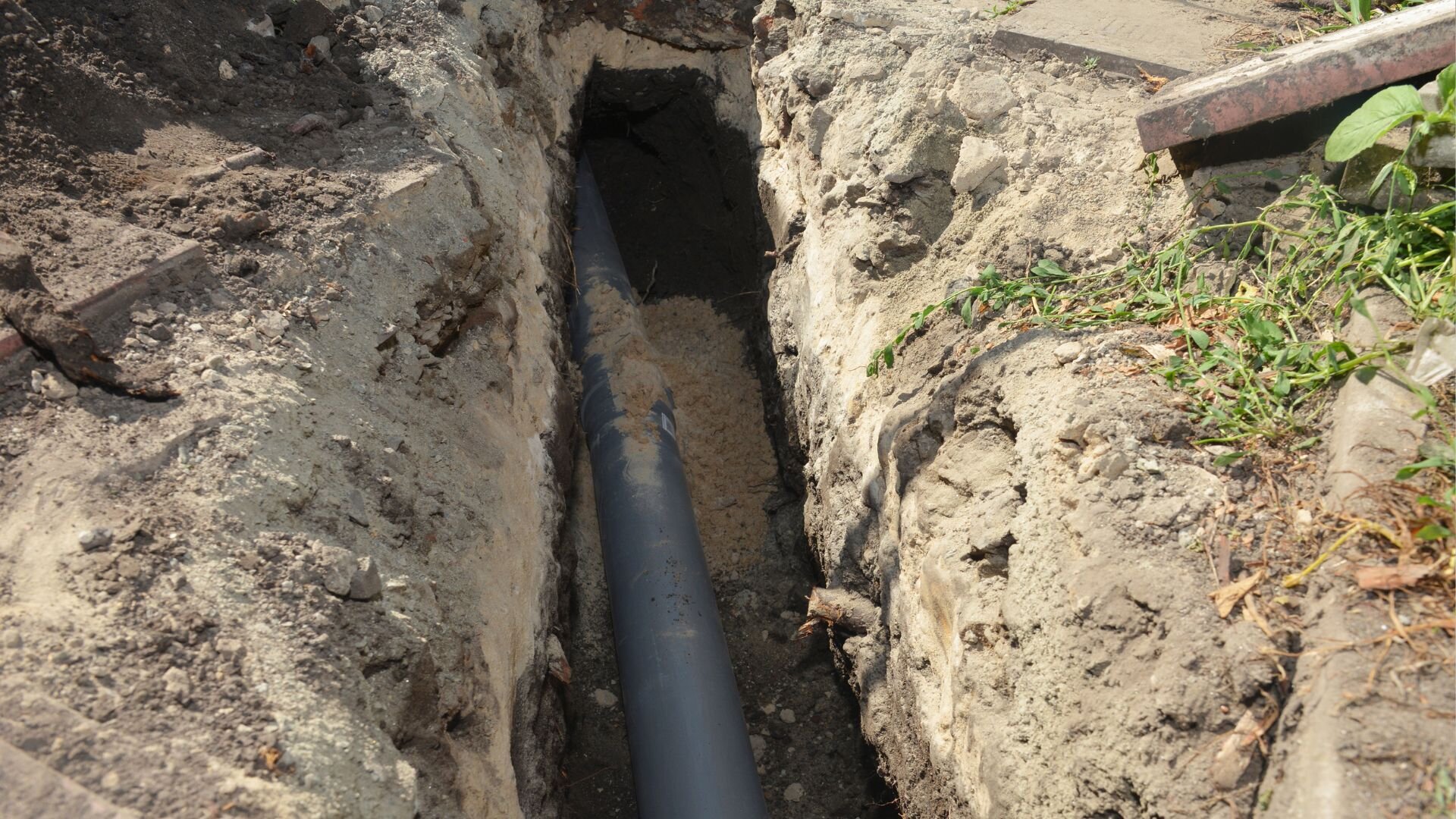Advice on Picking Eco-Friendly Plumbing Materials for Your Home
Advice on Picking Eco-Friendly Plumbing Materials for Your Home
Blog Article
We have unearthed this great article on A greener guide to plumbing materials below on the internet and decided it made perfect sense to talk about it with you here.

Picking environment-friendly plumbing products not only helps reduce your environmental impact but additionally can improve the sustainability and performance of your home. Right here's a guide to aid you navigate the options for even more environmentally mindful plumbing options.
Think about the Product's Life expectancy
Go with plumbing products that provide longevity and durability. Longer-lasting materials indicate fewer replacements, lowered waste, and lower lasting environmental effect. For example, copper and stainless-steel are both very resilient and 100% recyclable, which aids reduce waste.
Look For Recycled Content
Pick materials which contain recycled content. Numerous steel pipes products, like those made from copper and stainless-steel, frequently consist of a substantial percentage of recycled materials. PVC and PEX can additionally contain recycled plastics, though their total environmental impact may be greater due to their manufacturing and disposal processes.
Evaluate the Manufacturing Refine
Search for items produced via environmentally friendly procedures. This consists of products like cast iron or copper, which can be created with a reasonably reduced environmental effect contrasted to plastics that call for chemical-intensive manufacturing processes.
Prioritize Water Efficiency
Choosing water-efficient fixtures, such as low-flow commodes, taps, and showerheads, is essential. These fixtures minimize water use, which not only reduces your water expense yet additionally decreases the energy consumed in water heating and lowers the strain on sewage treatment facilities.
Select Non-Toxic Products
Stay clear of products that seep chemicals right into the water supply. Copper and PEX are typically non-toxic, but it is essential to guarantee that any plastic components do not include damaging chemicals like BPA or phthalates, particularly for drinking water lines.
Think About the Energy Required for Water Home Heating
Select plumbing designs and materials that decrease the energy required for home heating water. Shielding your warm water pipelines and picking effective system designs can substantially reduce the energy used, therefore decreasing your home's overall carbon footprint.
Opt for In Your Area Sourced Products
Utilizing locally sourced materials can reduce the carbon emissions related to transport. Furthermore, supporting local organizations assists promote a lasting neighborhood economic climate.
Assess End-of-Life Disposal
Consider the recyclability and biodegradability of pipes products. Metals like copper and steel are typically recyclable, while some plastics and rubbers may not be, contributing to garbage dump waste. Comprehending the lifecycle of the products you select can help in making a more sustainable decision.
Look for Certifications
Look for products with environmental qualifications. Qualifications like EPA's WaterSense, GREENGUARD, or Cradle to Cradle (C2C) suggest that items meet strict ecological standards throughout their lifecycle.
Verdict
Choosing environment-friendly pipes materials includes taking into consideration the durability, recycled content, manufacturing process, water and energy performance, poisoning, sourcing, disposal, and qualifications of the items. By making notified choices, homeowners can dramatically decrease their ecological effect while ensuring the performance and longevity of their plumbing systems.
The Impact of Plumbing Materials on the Environment
When buying a home you may be interested in having a sustainable home, and one of the most important aspects that you should not overlook the plumbing systems. With water contamination getting more and more common lately, it’s important to understand how plumbing systems work and their impact on the environment. Drinking water is carried through these pipes everyday and when choosing plumbing materials we must consider ecological toxicity, air pollution, fossil fuel depletion, and global warming.
Low Cost
When buying a home you may be looking for the cheapest way to be sustainable. Although some environmentally-friendly products may be somewhat more expensive than their competitors, money will be saved in the form of reduced water usage and decreased energy consumption in the long run.
A Life Cycle Inventory of residential plumbing systems done in 2011 showed that CPVC systems demonstrate 5% less energy waste than PEX systems and 17% less than copper. This study also indicated that CPVC systems wanted 30% less water than copper and 15% less than a PEX system. These numbers are likely due to the differences in thermal conductivity between these materials.
Copper has a thermal conductivity that is hundreds of times higher than plastics. PEX materials are the least thermal conductive of the three tested and this is why it is better in conserving water and energy.
Sustainability
While environmental performance is important, people can still be concerned about the sustainability of their home. The use of proper plumbing materials when building a home can greatly affect the future sustainability of the home, which can also affect future costs and bills.
A relatively new factor in plumbing, eco-friendly pipe materials can reduce both energy costs, and the overall environmental footprint of your home. These materials are not as widely available due to their recent introduction to the industry, but an understanding of the benefits of each can help save both money and the environment later down the line.
Environment-Friendly Materials
The two most common types of piping material in use today are metals like iron and copper, and PVC piping. Of the two, metal piping is more environmentally friendly and sustainable, but not without drawbacks.
PVC piping however, is notorious for low sustainability, contaminating water with chemicals, and increased waste or “greywater”. While PVC is recyclable, the process is expensive and not in high demand due to the cheap price of fresh PVC.
Metal piping however, has a longer lifespan with less chance of deterioration and no harmful chemical waste that could contaminate your water and potentially harm you or your family. Metal piping is susceptible to corrosion however, usually after a long fifty year lifespan.
The best alternative to these two pipings is relatively new eco-friendly plastics like the ones mentioned earlier. Polyethylene and polypropylene are the two main ingredients in these pipes which are recognized by Greenpeace, an environmental organization, to be the only “future-friendly” piping material on the market.
The more natural and longer lasting materials prevent long term contamination with eco-friendly materials that last long enough to rival the longevity of metal piping. Even local Atlanta plumbers and plumbing installers should have access to the materials you need to make your house eco-safe.
https://www.ecomena.org/impact-of-plumbing-materials-on-environment/

Do you like reading about What to Know About Eco-Friendly Plumbing Fixtures? Put feedback down below. We'd be glad to see your opinions about this post. Hoping that you visit us again in the future. Do you know another individual who is serious about the niche? Be sure share it. Thank you so much for your time spent reading it.
Set An Appointment Report this page